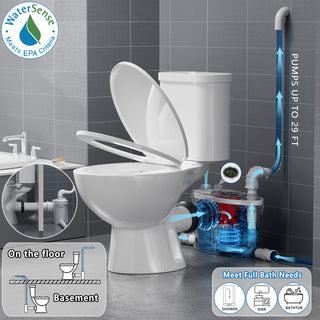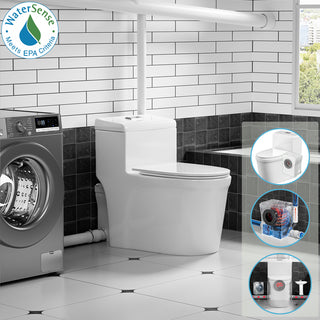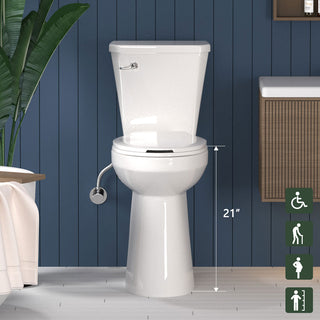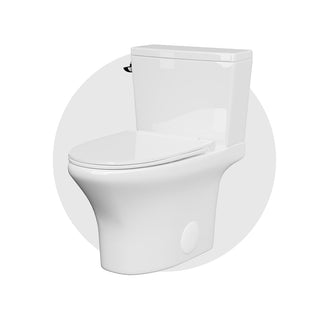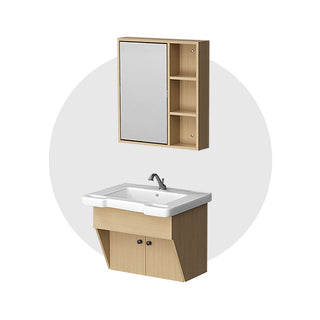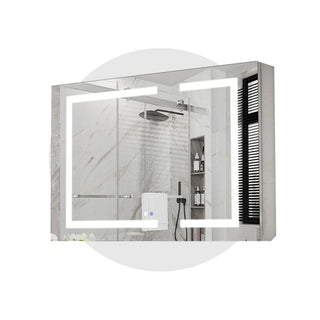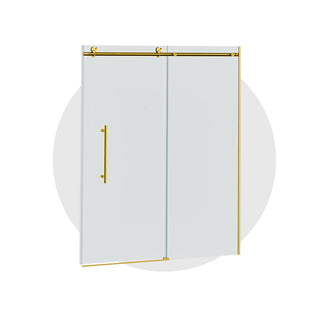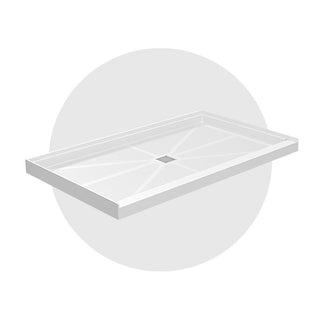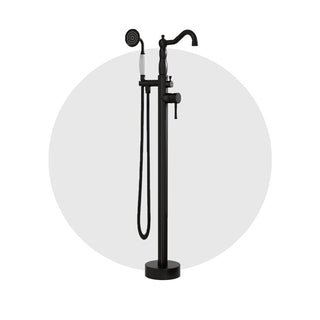Introduction
A medicine cabinet plays a key role in keeping your bathroom tidy, organized, and visually appealing. Whether it’s storing daily toiletries, prescription meds, or grooming tools, a well-chosen cabinet improves functionality and enhances space usage.
One of the most frequently asked questions is: How deep should a medicine cabinet be? The answer depends on several factors like bathroom size, wall structure, and user needs.
📌 What Is the Standard Depth for a Medicine Cabinet?
In the U.S. market, medicine cabinet depths are generally categorized by their overall thickness—that is, the full distance from the wall surface to the front of the cabinet:
- 4 inches: A compact choice ideal for tight spaces or shallow wall cavities. Common in guest bathrooms or powder rooms.
- 6 inches: Deeper than standard, this size offers generous storage without overwhelming the space. A practical choice for most family bathrooms.
- 8 inches: Designed for maximum capacity. Perfect for master baths or households that require space for bulkier personal care items and deep containers.
Important: The usable storage depth inside the cabinet—the actual space available behind the mirror for your items—is typically about 0.5 to 1 inch less than the overall cabinet depth. This difference accounts for mirror thickness, internal wiring, and structural components.
For example, our medicine cabinets have an overall depth of 4.3 inches, with a practical storage depth of 3.2 inches—enough to hold daily essentials efficiently while maintaining a sleek, space-saving profile.
📌 Recessed vs Wall-Mounted Medicine Cabinets
Installation type plays a key role in determining medicine cabinet depth.
- Recessed cabinets are installed into the wall cavity and generally range from 3.5" to 5" in overall depth, depending on wall thickness. They offer a clean, built-in look and are ideal for maintaining a low-profile appearance, especially in smaller bathrooms.
- Wall-mounted cabinets, in contrast, sit directly on the wall surface and are not limited by cavity depth. These models can be as deep as 8 inches or more, providing expanded storage capacity—especially useful in bathrooms where wall space is available but in-wall depth is limited.
Of course, many modern medicine cabinets on the market today are designed to work well with both recessed and wall-mounted installations. These models prioritize a slim overall profile while still providing ample internal storage space. A great example is the Simple Project Lighted Medicine Cabinet, which balances sleek design with practical functionality.
📌 How Features and Design Affect Medicine Cabinet Depth
It’s a common assumption that medicine cabinets with built-in outlets, lighting, or defogging mirrors must be bulky.
Thanks to modern design and engineering, many cabinets—like ours—integrate these features within a slim overall depth while still providing a practical storage depth of 3.2 inches. This approach lets you enjoy multifunctionality without compromising room openness or causing obstructions.
In contrast, minimalist or frameless designs without internal electronics often have similar or slightly smaller depths but may lack integrated power or lighting features.
📌 How Depth Impacts Storage Functionality
Storage efficiency depends not only on the cabinet’s depth but also on how well the internal space is organized.
A shallow yet thoughtfully designed cabinet can often outperform a deeper one with inefficient layout.
For example, our medicine cabinet offers a 3.2-inch usable storage depth with adjustable shelves, perfectly suited for everyday essentials such as:
- Vertical bottles like toothpaste and skincare serums
- Electric toothbrushes with dedicated charging areas
- Small grooming tools and personal care items
This design keeps everything visible and within easy reach, streamlining your daily routine.
In contrast, overly deep cabinets can create “dead zones,” where smaller items get lost at the back and forgotten. If you opt for a deeper cabinet, effective organization becomes essential—using dividers, labeled bins, and placing less frequently used items toward the back helps maintain order.
❗Avoid the “Deep but Messy” Trap
Without a clear internal structure, a deep cabinet can quickly turn into clutter.
Consider combining different drawer layouts or organizers to maximize usability and keep your space tidy.
📌 How to Choose the Right Depth for Your Space
For Small Bathrooms
- Choose cabinets with an overall depth of about 4 inches or less to avoid crowding the space.
- Recessed installation can help keep the room feeling open and prevent accidental bumps.
For Medium to Large Bathrooms
- Cabinets between 4 and 6 inches in overall depth strike a good balance between storage capacity and space economy.
- Wall-mounted models like ours fit well in many layouts without sacrificing design or functionality.
Consider Front Clearance
- Ensure enough clearance in front of the cabinet to open doors smoothly.
- Position the cabinet height so it aligns comfortably with the user’s eye level (typically around 60 inches from the floor).
📌 Conclusion: What’s the Ideal Depth for You?
In short, medicine cabinets generally range from 4 to 6 inches in overall depth.

Our medicine cabinet offers a streamlined 4.3-inch overall depth with 3.2 inches of optimized storage space, plus built-in power and mirror functionality—ideal for modern bathrooms that want smart features without bulk.
If you’re still unsure which size suits your bathroom best, feel free to contact our team or leave your comment for personalized advice!🥰


